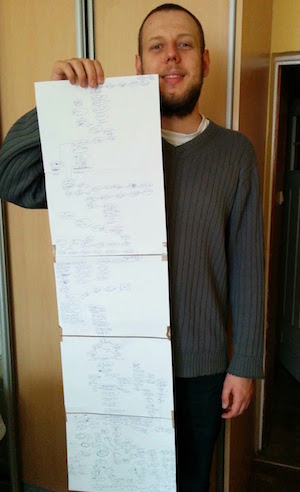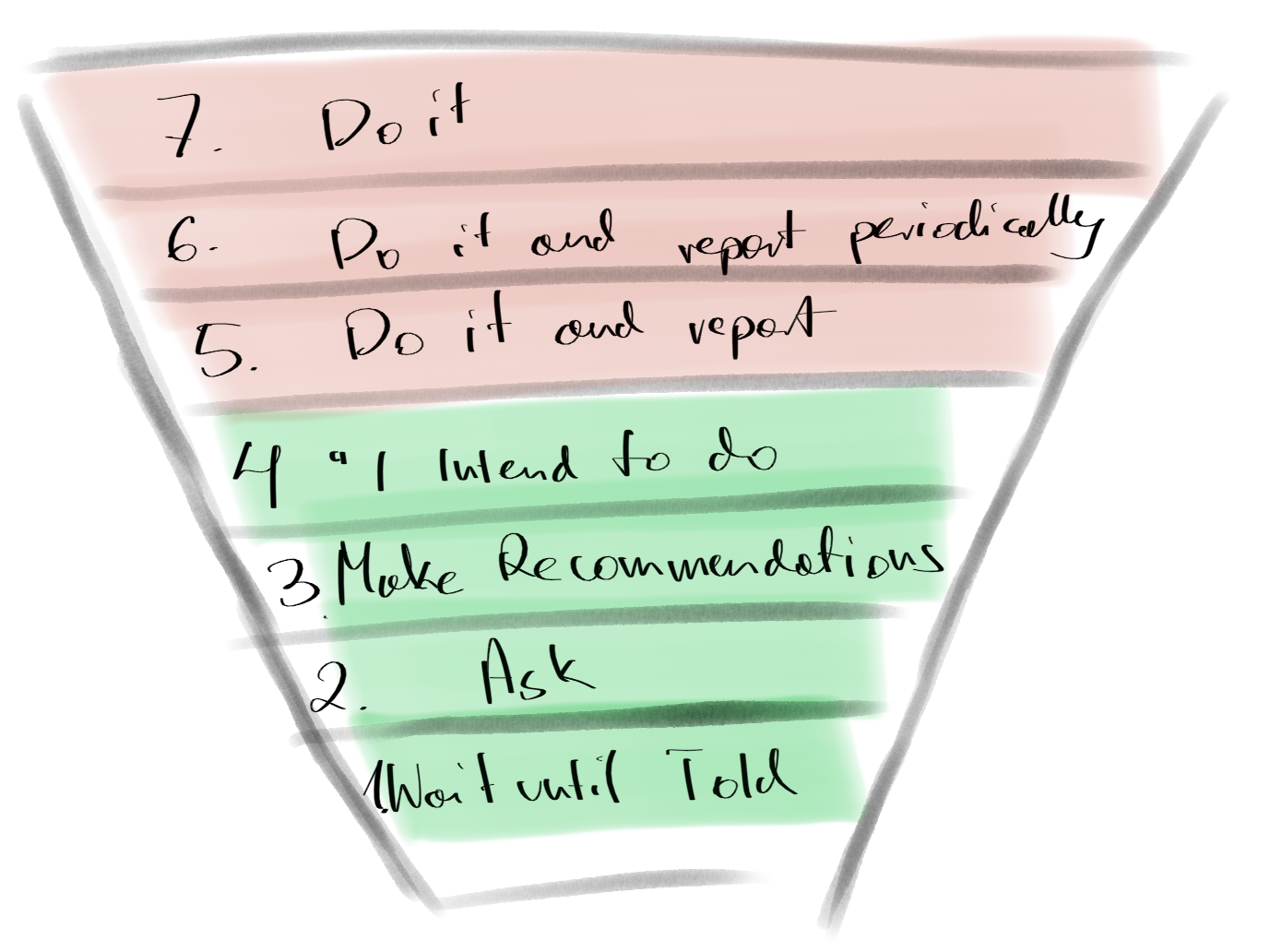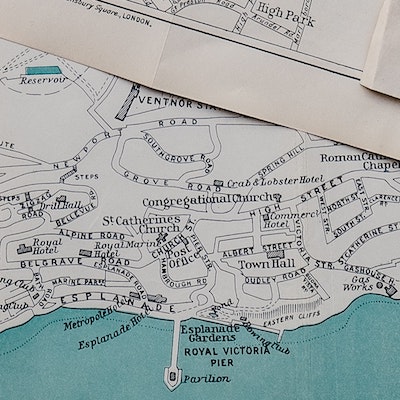Motivation to this post
Software developer skill set should not be limited to hard programming skills. Also, important for of our work is communication, problem understanding, self-sufficiency and other soft skills.
It this blog post, I would like to show the positive aspects for software developer who participated in agile like conference. You will also find here a lot of information about Stretch Con, on which my experience is based on.
As a conclusion, I’ll present what outcome Stretch conference had on me.
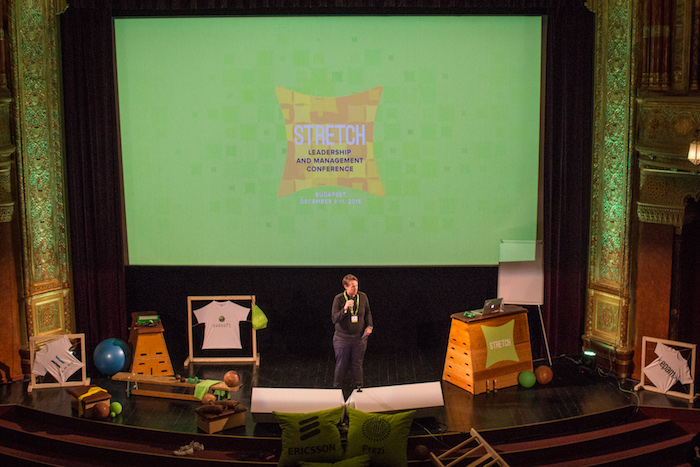
Why I wanted to go?
There are many Agile/Lean/Leadership conferences, Thus, you do not have to choose Stretch. Look around for upcoming events, meetups or trainings. There is always something going on. But in this post I’ll only focus on Stretch.
On my regular basis I am software developer and at least half time of my job I spend on programming. My contribution in a company is not strictly related to any management role.
I wanted to go to Stretch Con, because I’ve belived that:
- Everyone is a leader of himself/herself. You have to manage your time efficiently.
- I can learn technical things by myself (by studying them). I did not know how to develop my soft skills – or at least I did not know how to start.
- Understanding processes, dependencies and co-workers’ and clients’ motivations are crucial and they improve the quality of produced software.
- You can not connect dots looking forward.
Stretch Con 15
Stretch was different, unlike any other conference I have attended, mainly because of the topic but also because of the fact that it forced me to think and interact.
Open spaces
Open spaces were great. Topics were shaped dynamically (voted via sli.do). It was a place where you could directly see, that other people, from different companies (different countries) have the same problems!
Those open spaces had a form of brainstorming ideas, where everyone throws an possible solution to the problem. It gave us the possibility to share and discuss ideas.
Joseph discussion panel
During the open space time, something unexpected happened. Discussion panel with Joseph Pelrine emerged. It started naturally, and eventually a lot of people accumulated around him. Gathered people asked Joseph questions, a he responded with deep explanation. Discussion was about:
- transparency,
- environment,
- estimation,
- product owner,
- estimation,
- ErlangC model.
And many more topics, but I was not able note everything. For such moments, it was worth going there.
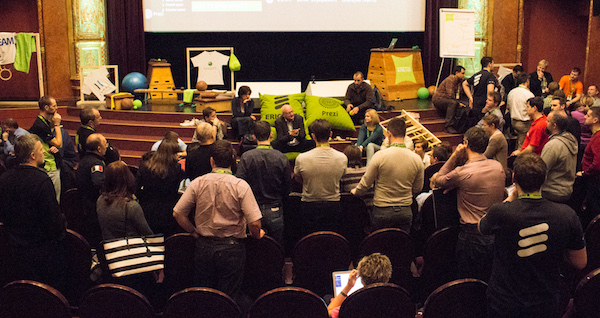
Conference talks
In my opinion, on average every second talk was worth watching. I think it is a good score for single track conference. Listening to ‘leaders’, was priceless. Wide variety of subjects, helped me realize that this topic is huge.
Best talks
As usual, I would like to recommend 3 presentations which are worth seeing, but there are many more that migh interest you. Visit Ustream channel to watch them.
James Clear: The Surprising Power of Small Habits
After a great introduction, James presented detailed knowledge about the habits. He showed us techniques for shaping habits. Explained habit triggers. Finally, he also presented tricks how to sustain our habits.
You can read more about habits at James Clear Page.
Conference video available here.
Tim Steigert: Don’t blame the goats. Get a Goatherd
It was a presentation, that forced reflection about me. It helped me tu understand who is a leader, what is the team or company and how all of it this fits into our world. Most importantly, how to ‘get’ a goatherd.
Conference video available here.
Joseph Pelrine: Coaching “self-organizing” teams
Joseph started his lecture with explanation of Complex systems. Then, he started discussing social self organization. Among many concepts that he presented, one particularly stuck in my mind. You have to setup for good thing to hapen naturally. Then you have to monitor them, and decide what to do more and what to stop. If you want to know how to setup things, you have to watch video.
Conference video available here.
Conference itself
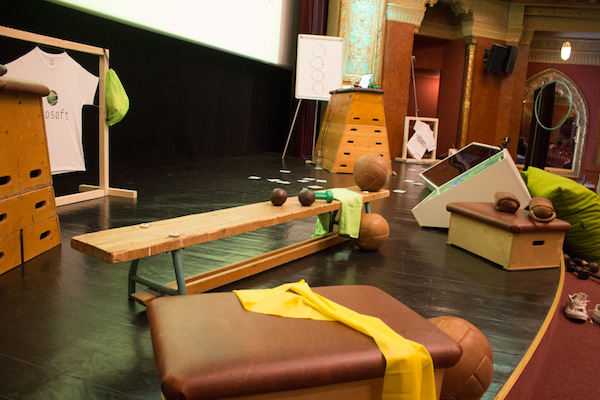
I’ll remember this event as something positive. Here is my summary.
Pros:
- Scene decoration was consistent with name of the conference. You may think it is not important, but it really helped me a lot, to put my brain into good mood.
- Content of the gift bag, including book “This is Lean“. For the first time I’ve received the book, instead of a useless gadget in gift bag. Great idea!
- Great venue localization. Venue itself was impressive, too.
- Selected conference speakers including book authors, people who change things (e.g. John Bunch - Holacracy guru at Zappos). I’ve had a feeling that Conference program committee, made many hard decisions.
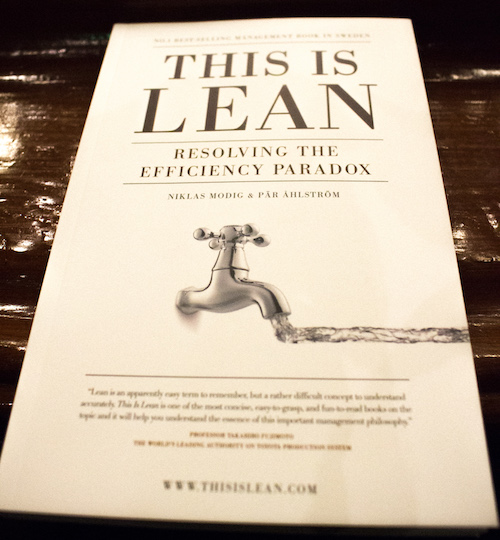
Cons:
- Everyone were talking in Hungarian. It was so hard to start a discussion during breaks.
Outcome
I’ve made 464 lines of notes, from the whole conference. There were also official notes, in case I missed something. Great concept and great drawing.
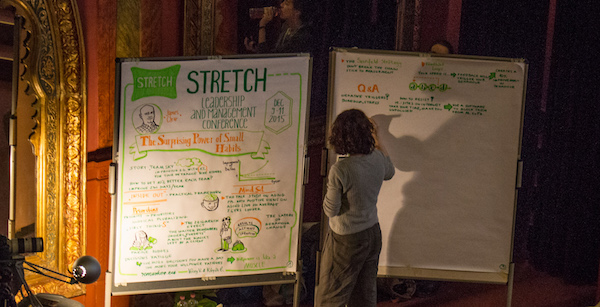
I was there with Wojtek. After the conference we have spend 3 hours talking and discussing Stretch content. We’ve managed only to discuss only about few talks - there were a lot of material presented there.
On my way home, I’ve written down few action points, reflections about myself, that I will try to develop in the upcoming weeks.
- Consciously shape your habits.
- Turn the camera to yourself, see your actions and behaviors.
- Stretch your horizon, to look for new opportunities and possibilities. It will help you with problem solving.
- Do I really watch carefully?
- Try not only to hear, but carefully listen to your peers.
- Find better ways to communicate.
- Discover Holocracy and decentralized way of running organizations.
- Engagement, purpose, trust are more important than you think.
- People mindset exists.
- Research more about Complex systems.
In conclusion, I highly recommend attending this kind of event from time to time to every software developer. Surely, you will come out as a different person.






